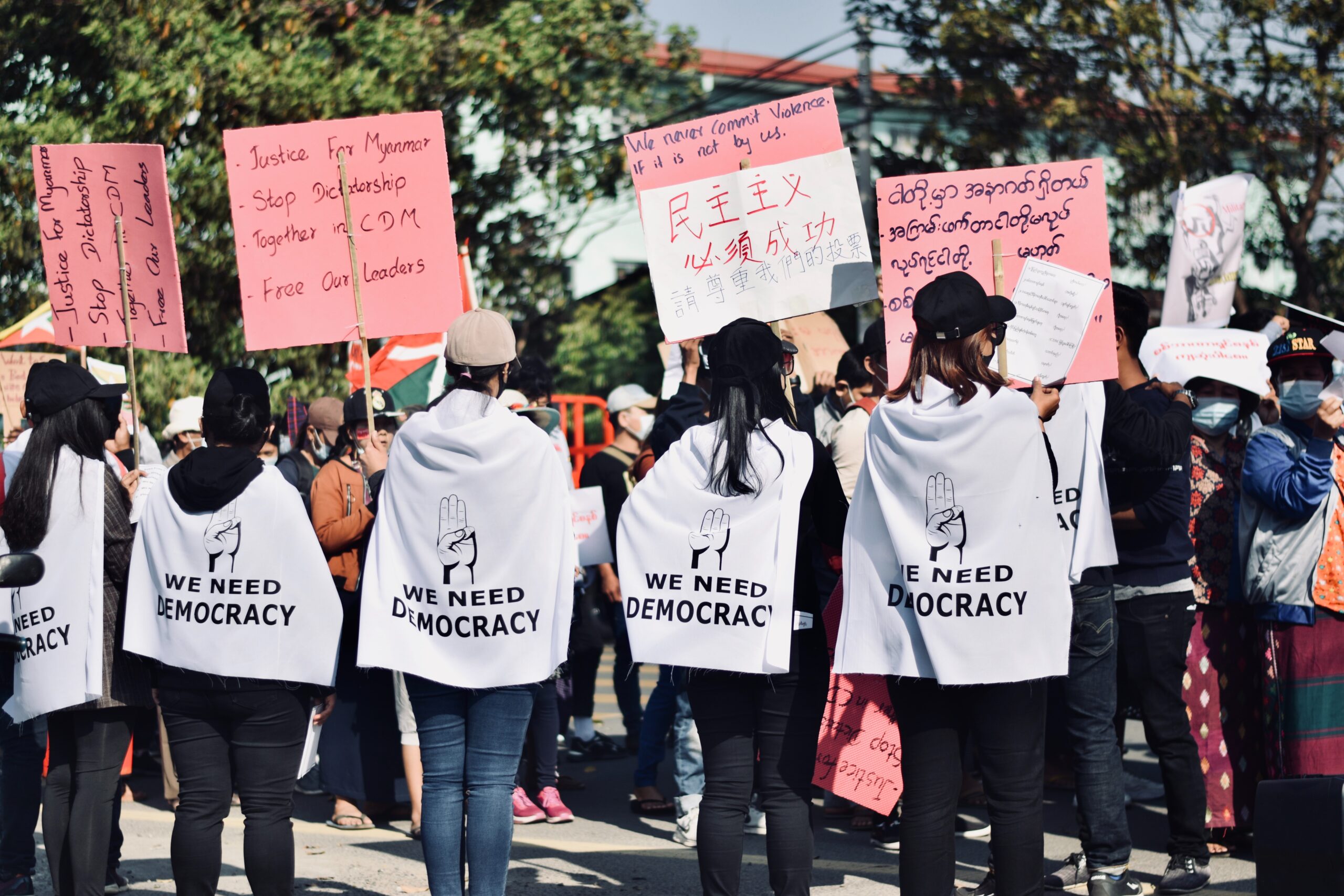By Ami*
Last month, the EarthRights School had a trip to Thilawa, Myanmar, to visit people from six different villages to learn about their involuntary resettlement to make room for a Special Economic Zone (SEZ). The trip taught me a lot about the effects of this SEZ on local people and how they fight to defend their own interests.
The Thilawa Special Economic Zone is Myanmar’s first SEZ. It covers 2400 hectares and is being developed in two phases: Zone A and Zone B. By now, 68 families have already been relocated for Zone A and almost 1,000 households more will be resettled for Zone B.
Resettled people in the two areas have encountered many serious issues. Local people have been coerced and forced to move to a relocation site that was barely inhabitable when they arrived. Moreover, they did not receive proper compensation for relocating. Because of this, they still had to live in a cramped house because they could not afford a new home. They also were not given new land to farm and lost their livelihoods. This has made it difficult to send children to school, as some families struggle to afford tuition and transportation.
In order to solve the above problems, local people established the Thilawa Social Development Group (TSDG), an organization of leaders from 6 impacted villages who represent the impacted people. Because Thilawa SEZ receives a lot of Japanese funding, including from the Japan International Cooperation Agency (JICA), TSDG has been to Japan twice. In 2014, they traveled to file a complaint with JICA calling for due process, just compensation, and the suspension of the project until a just solution can be reached. In 2016, as JICA was deciding whether to invest in Zone B of Thilawa SEZ, TSDG traveled to Japan again to meet with policy makers, companies and Japanese grassroots groups to raise awareness of the situation on the ground. They have also joined a consultative group of project stakeholders and tried to dialogue directly with companies and the government.
Since late 2014, with the help of ERI, TSDG has designed a new strategy called a “Community-Driven Operational Grievance Mechanism” (CD-OGM) to handle problems coming from development projects. When a community faces rights violations or issues caused by business activities, there are two kinds of solutions to find remedies for harms: judicial mechanisms (court-based) and non-judicial mechanisms (via religious institutions, state, funding, grievances, etc.). Companies may have non-judicial complaint mechanisms, but the company’s complaint mechanism might not create fairness and transparency.

It is true that a CD-OGM cannot prevent threats. However, it can be used to alert other communities. For example, when a company pours chemicals into the river and this has serious consequences, the community in that area may file a complaint through this mechanism in order to begin an investigation. As the CD-OGM attempts to find an appropriate remedy, villagers might discuss with the company and other stakeholders how to prevent or mitigate the damage. As a result, neighboring communities will know the risks they will face if they are in the same situation and how to address it.
The trip to Thilawa was powerful and helped me understand about CD-OGM as well. I hope that with this new mechanism, the Thilawa community and other communities will be able to solve their problems when the state builds SEZs and other projects.
*Ami is an EarthRights School student from the Mekong region.






